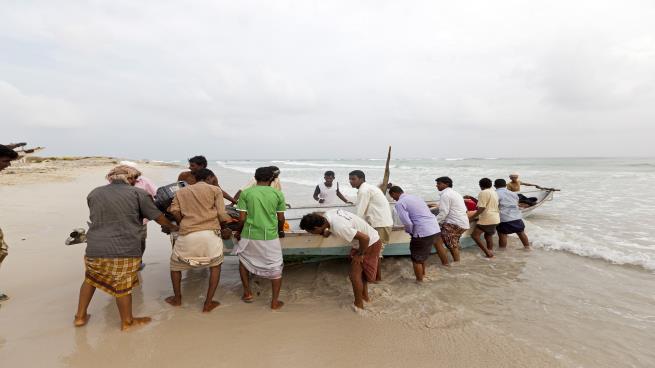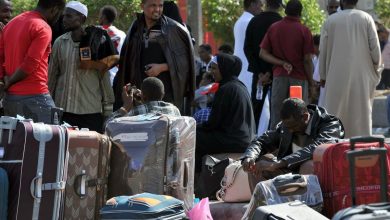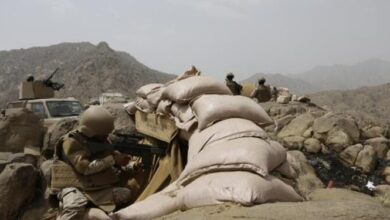Saudi-led coalition plunders Yemen’s ports, Socotra is at the forefront

The Saudi-Emirati coalition clearly demonstrated its true ambitions and goals to divide and plunder the wealth of Yemen, while claiming to support the legitimate government to restore the state institutions and defeat the Houthi coup.
The first public step of looting ports and maritime borders, by seizing the most important and largest island in Yemen, Socotra, through the UAE-backed militias and with Saudi approval, according to the London-based newspaper The New Arab.
In recent days, Yemenis have been in shock following the Socotra events, after the withdrawal of the Saudi forces that were stationed between the government forces and the UAE-backed militias, whether the separatist Southern Transitional Council or the mercenary that it transferred in the island three month ago.
Officials and economists believe that what happens in Socotra falls within a mysterious plan that was developed before the beginning of the war in Yemen that includes Al Mahrah and Hadramout as two neighboring regions. This scheme aims to change the border parameters adopted internationally under Treaty of Jeddah (2000).
This comes in addition to seeking future Saudi-Emirati control over the entire Bab al-Mandab strait, which is under Yemeni sovereignty and 6.2 million barrels per day of crude oil and oil derivatives pass through.
In this context, the Yemeni Minister of Transport, Saleh al-Jabwani, told the New Arab that what the UAE and its militias have taken is a shocking step but expected step.
Observers say that the seizure of Socotra comes within the framework of Saudi-Emeriti coalition to establish a huge oil, gas, tourism and investment economic colony that starts from a distance of 630 km from the Empty Quarter, through the borders of the Kingdom, and 320 km passing through the coasts and beaches of Socotra to the Arabian Sea, from which a water channel is to be constructed watering the Empty Quarter.
In the context, the former director of the Ministry of Fish Wealth in Socotra, Ajeel bin Nawaihi, confirmed that the UAE, since the first day of the ongoing war in Yemen, had sent a group of experts on a cruise ship that reached the island on April 3, 2015.
Experts had carried out a comprehensive study of the island in terms of its economic fundamentals, natural resources and tourist sites and places. Military experts among the team determined the sites that they later assigned to camps and training centers, most of them from outside the island.
The map of the oil sectors issued by the State Oil Production and Exploration Authority estimated the area of the offshore oil sectors of Socotra Island at about 200,000 square kilometers.
Sadiq Ali, economic analyst, says that Socotra has an invaluable wealth at all economic, oil, tourism and agricultural levels, as it possesses fertile and wide plains to grow wheat and various types of grains, vegetables and fruits, as well as environmental diversity in addition that its beaches contain important types of fish and other economic features.
Ambiguity surrounds the fate of more than 100 other Yemeni islands since the beginning of the war, while observers say that the UAE control and exploit many of them, in addition to several economic and oil sites.
The UAE and Saudi Arabia have been keen over the past years to disable the resumption of exporting Yemeni oil and gas. Yemen cannot export more than 50% of its oil production, while its revenues go to an ongoing account in the National Bank of Saudi Arabia instead of the Yemeni Central Bank in Aden. In addition, restrictions are imposed on air traffic, ports, and land ports.
Economic researcher, Abd al-Wahid al-Oubali, explains that the coalition continued to undermine the capabilities of the Yemeni state at a higher rate after the so-called Riyadh agreement.





